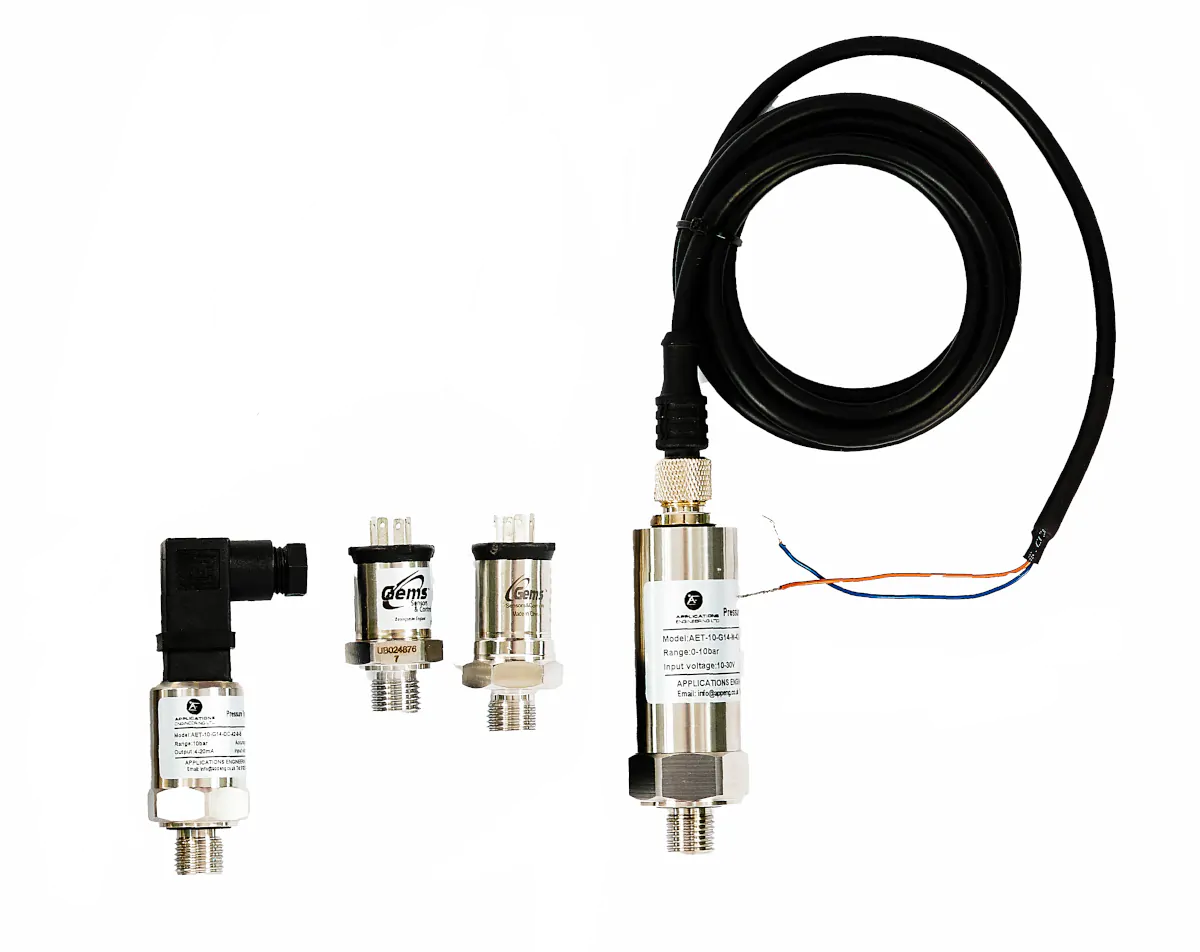 Add My Company
Add My Company
Sign In

In the world of pressure measurements, two terms frequently arise: pressure transducers and pressure transmitters.
For more information on Differences Between Pressure Transducer and Pressure Transmitter talk to Applications Engineering Limited
Enquire Now
List your company on FindTheNeedle.

